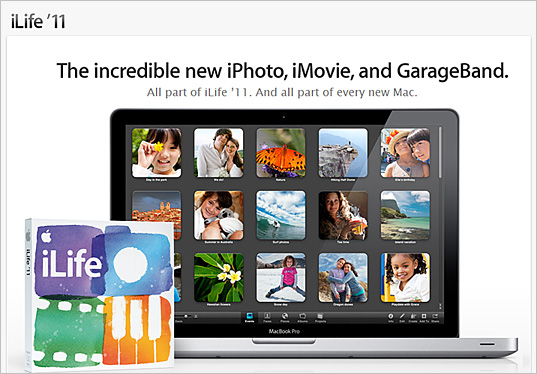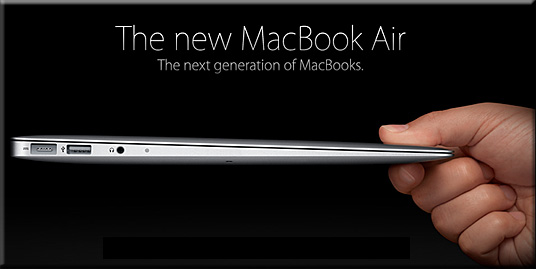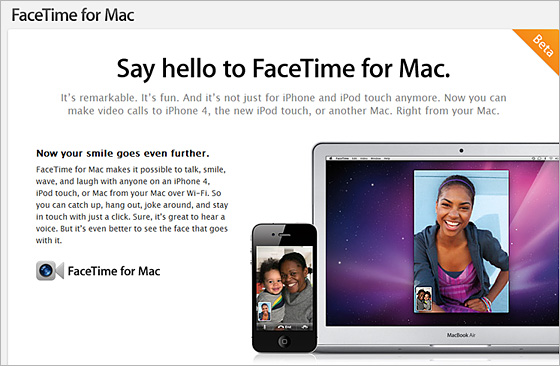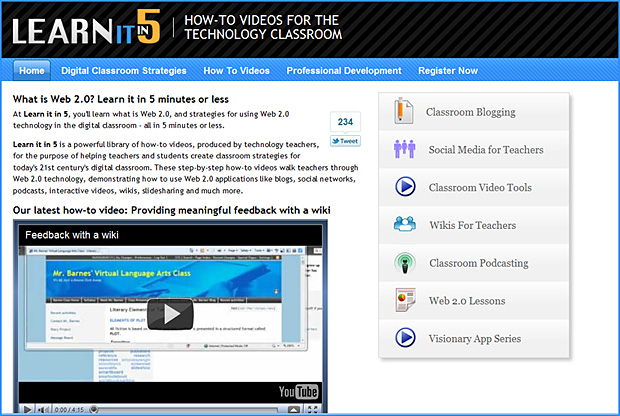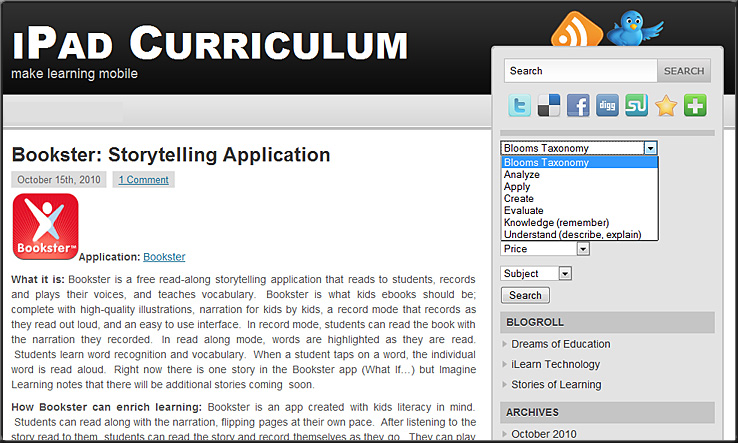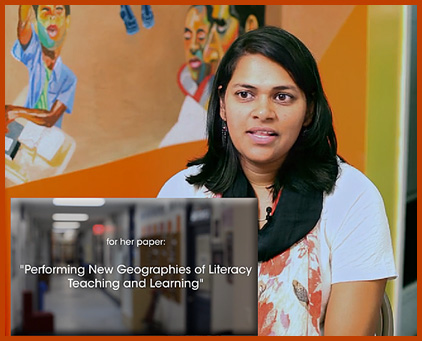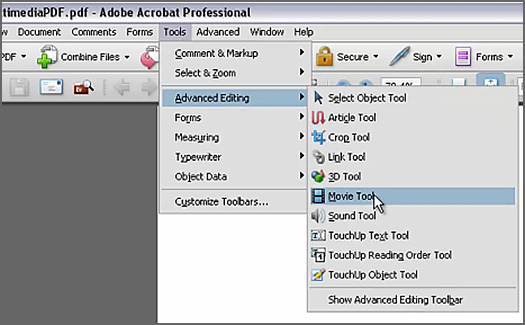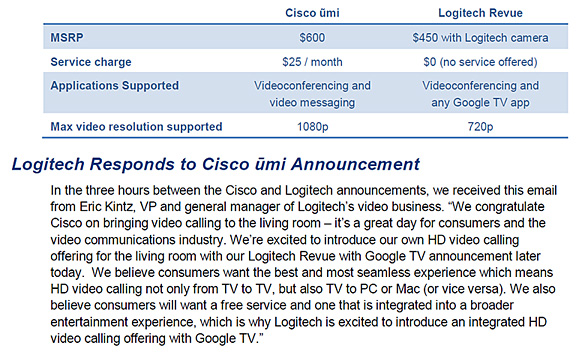The Future of Television and the Digital Living Room — from FastCompany.com by Mark Suster
Nobody can predict 100% what the future of television will be so I won’t pretend that I know the answers. But I do know that it will form a huge basis of the future of the Internet, how we consume media, how we communicate with friends, how we play games, and how we shop. Video will be inextricably linked to the future of the Internet and consumption between PCs, mobile devices, and TVs will merge. Note that I didn’t say there will be total “convergence”–but I believe the services will inter-operate.
The digital living room battle will take place over the next 5-10 years, not just the next 1-2. But with the introduction of Apple TV, Google TV, the Boxee Box, and other initiatives it’s clear that this battle will heat up in 2011. The following is not meant to be a deep dive but rather a framework for understanding the issues. This is where the digital media puck is going.
While we won’t get through all of this, here are some of the issues in the industry that I plan to bring up and ones I hope we’ll discuss tomorrow…









